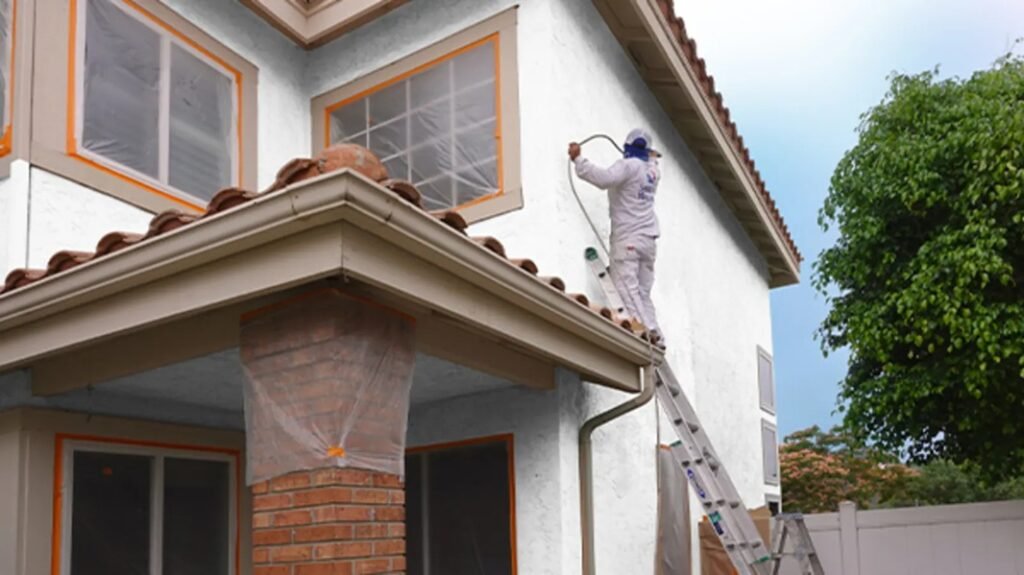When people think of residential care, the image that often comes to mind is one of necessity—a place someone moves into when they can no longer live independently. But what if we turned that assumption on its head? What if residential care wasn’t just about shelter and support, but about living well?
It’s time to rethink residential care not as the end of independence, but as the beginning of a new chapter—one that offers community, comfort, and purpose. As our understanding of health and wellbeing evolves, so too should our approach to how we care for older adults. Today’s best residential care homes aren’t simply places to live—they’re vibrant environments designed to enhance quality of life, foster connection, and support both physical and emotional wellbeing.
Here’s how the idea of residential care is transforming, and why this matters for families planning the next step for a loved one.
Beyond Safety: Embracing Comfort and Personal Identity
At its most basic, residential care has always meant having a safe, secure place to stay with access to round-the-clock support. But safety is just one part of the equation. A truly supportive environment also nurtures individuality.
The modern approach to residential care focuses on living, not just staying. That means allowing residents to personalize their space, continue favorite routines, and make meaningful choices in their daily lives. Whether it’s choosing meals, decorating rooms, or participating in hobbies, these personal touches help residents feel at home, not just accommodated.
Great care homes aim to maintain a sense of autonomy—providing structure and assistance, while still respecting the preferences and dignity of each resident.
A Focus on Holistic Wellbeing
We now understand that wellbeing is about more than physical health. Mental, emotional, and social wellness all play a role in how someone experiences day-to-day life. That’s why leading care facilities today take a holistic approach—integrating healthcare with lifestyle enrichment.
At a residential care home serving Bournemouth, this approach is central. Residents are encouraged to participate in activities that bring joy and purpose, from group events and gentle exercise to art, music, and gardening. It’s not just about filling time—it’s about filling lives with connection and engagement.
By focusing on the full spectrum of wellbeing, these care homes help residents feel not only safe, but fulfilled.
The Role of Community and Connection
One of the most overlooked yet vital aspects of residential care is community. Loneliness is a real and serious concern among older adults, especially those who live alone or struggle to maintain social ties.
Residential care homes offer built-in opportunities for interaction, whether through organized events, communal meals, or shared living spaces. The simple act of being around others, having someone to chat with over a morning coffee, or celebrating birthdays together can have a profound impact on emotional health.
A well-run residential home builds a culture of belonging. It fosters an environment where residents know their neighbors, form friendships, and feel part of something bigger than themselves.
Dining, Activities, and Environment: The New Standard
Gone are the days when residential care meant institutional dining and bland surroundings. Today, many homes offer restaurant-style meals, tailored nutrition plans, and inviting spaces that resemble boutique hotels more than hospitals.
Modern residential care homes also provide a wide range of activities based on the interests of their residents. Whether it’s a movie night, fitness class, day trips, or one-on-one therapy, the focus is on maintaining a sense of excitement and purpose.
The physical environment plays a key role, too. Natural lighting, accessible outdoor areas, and thoughtful design contribute to a more enjoyable and dignified experience. These features are part of a lifestyle approach that prioritizes joy and comfort.
